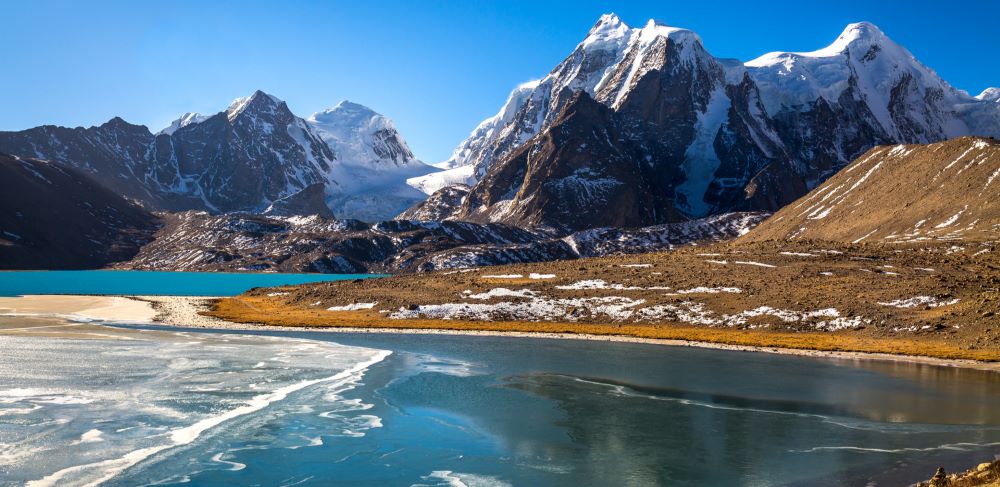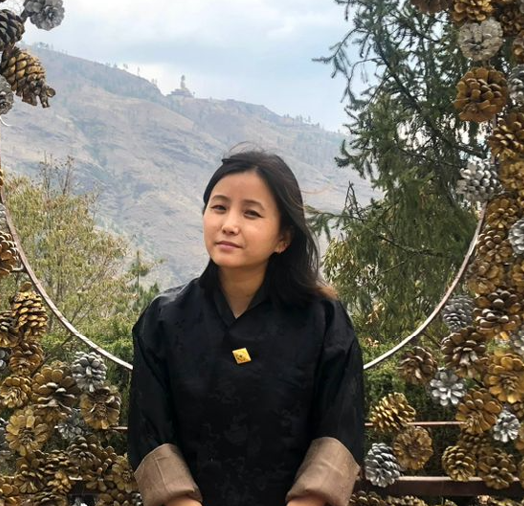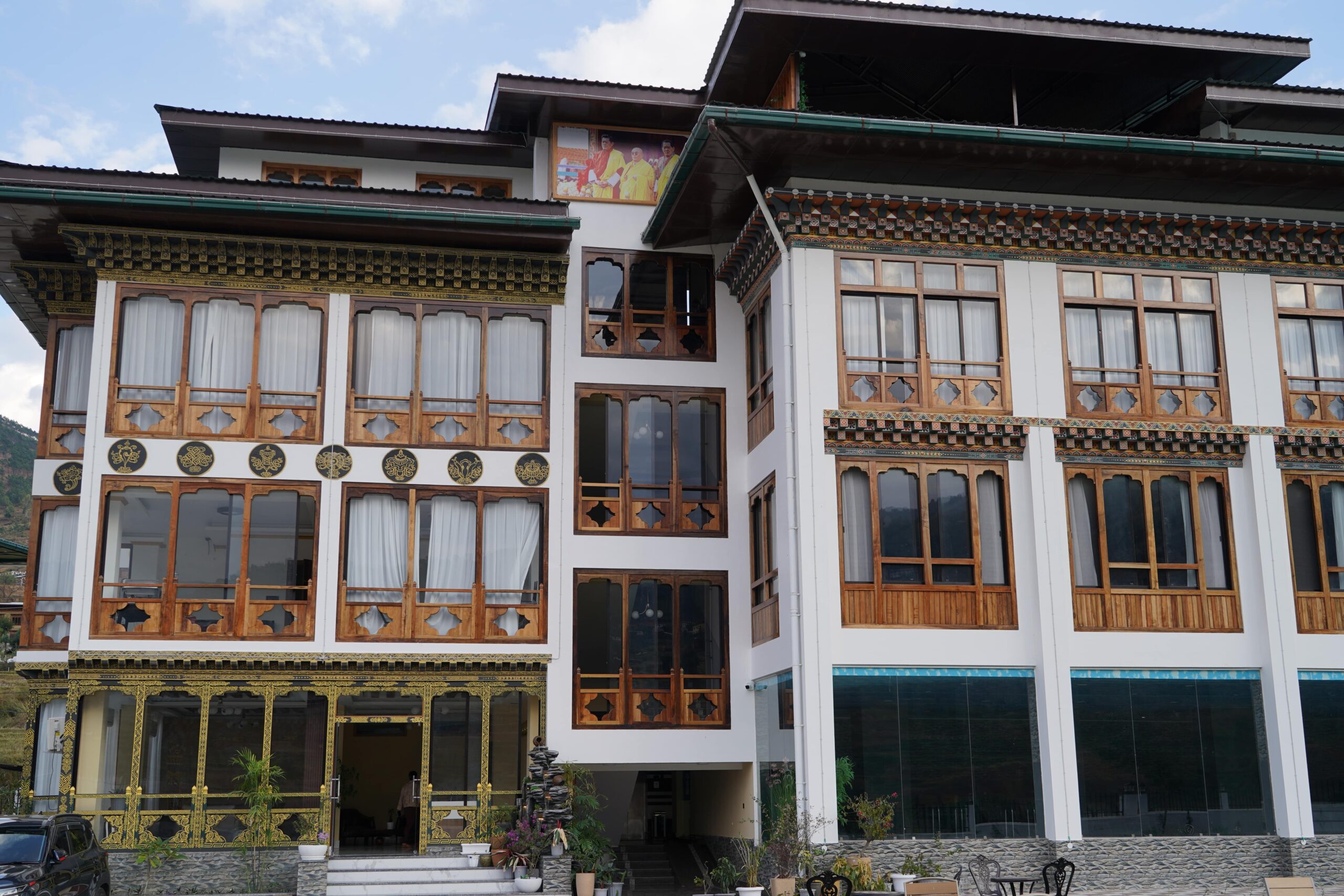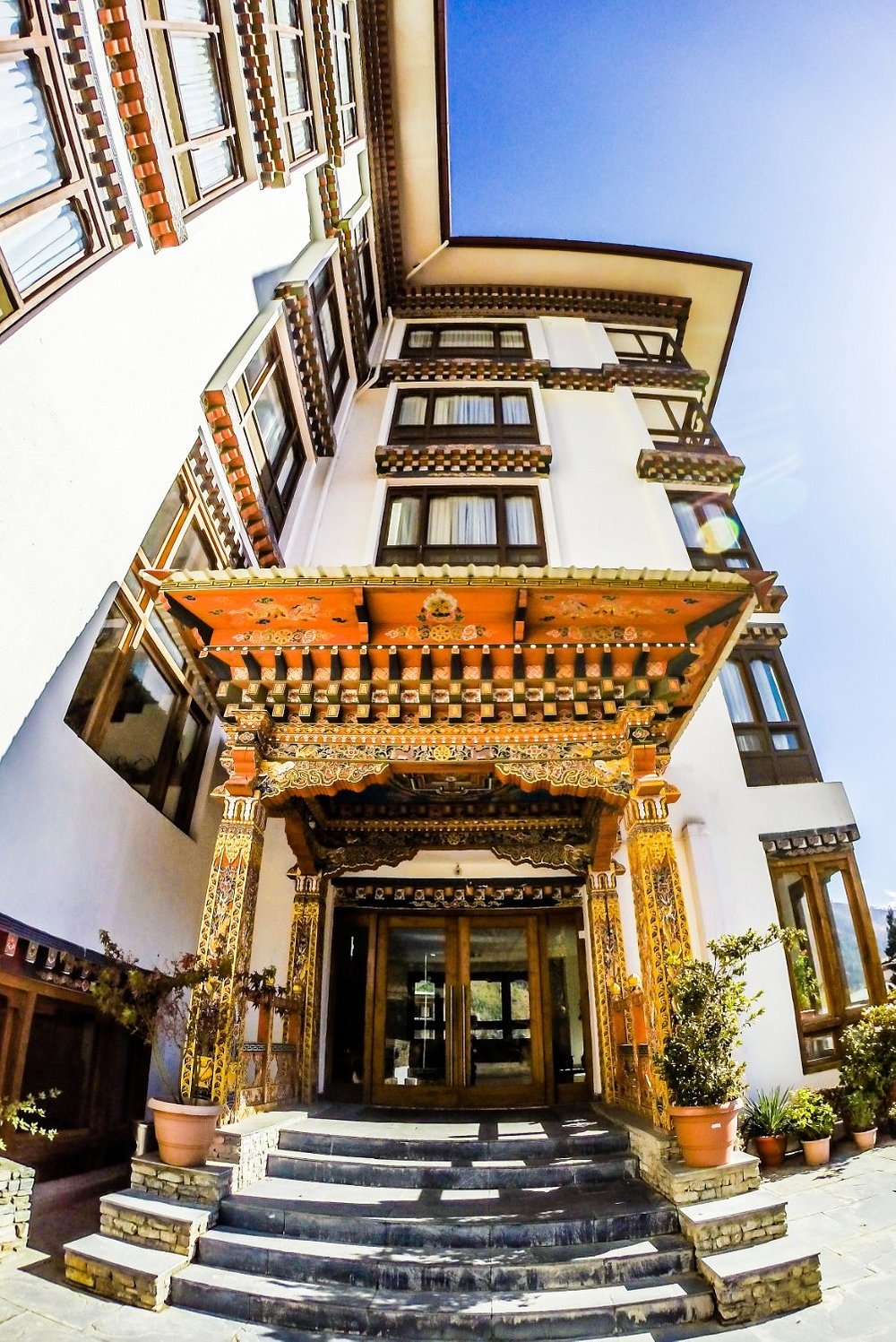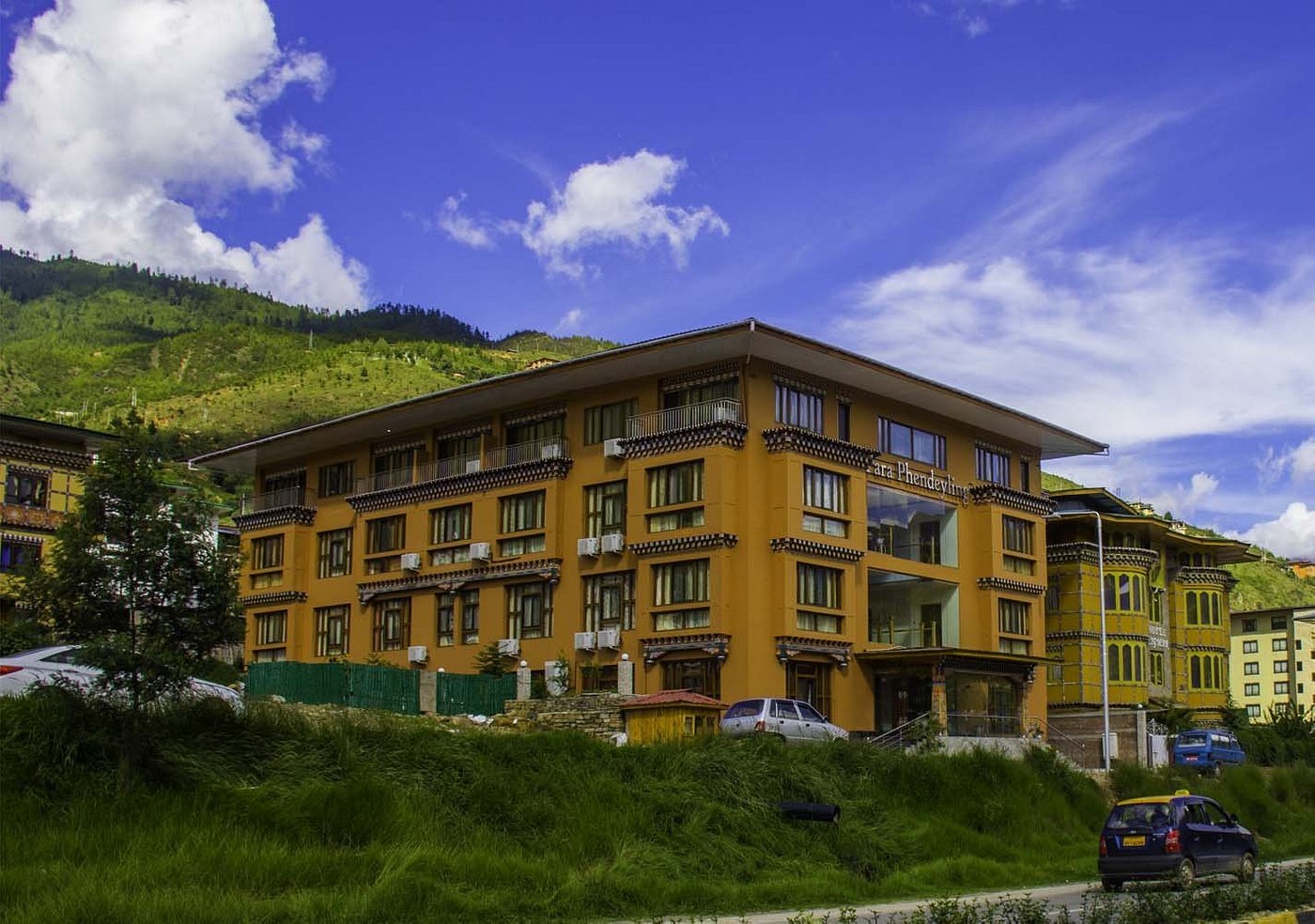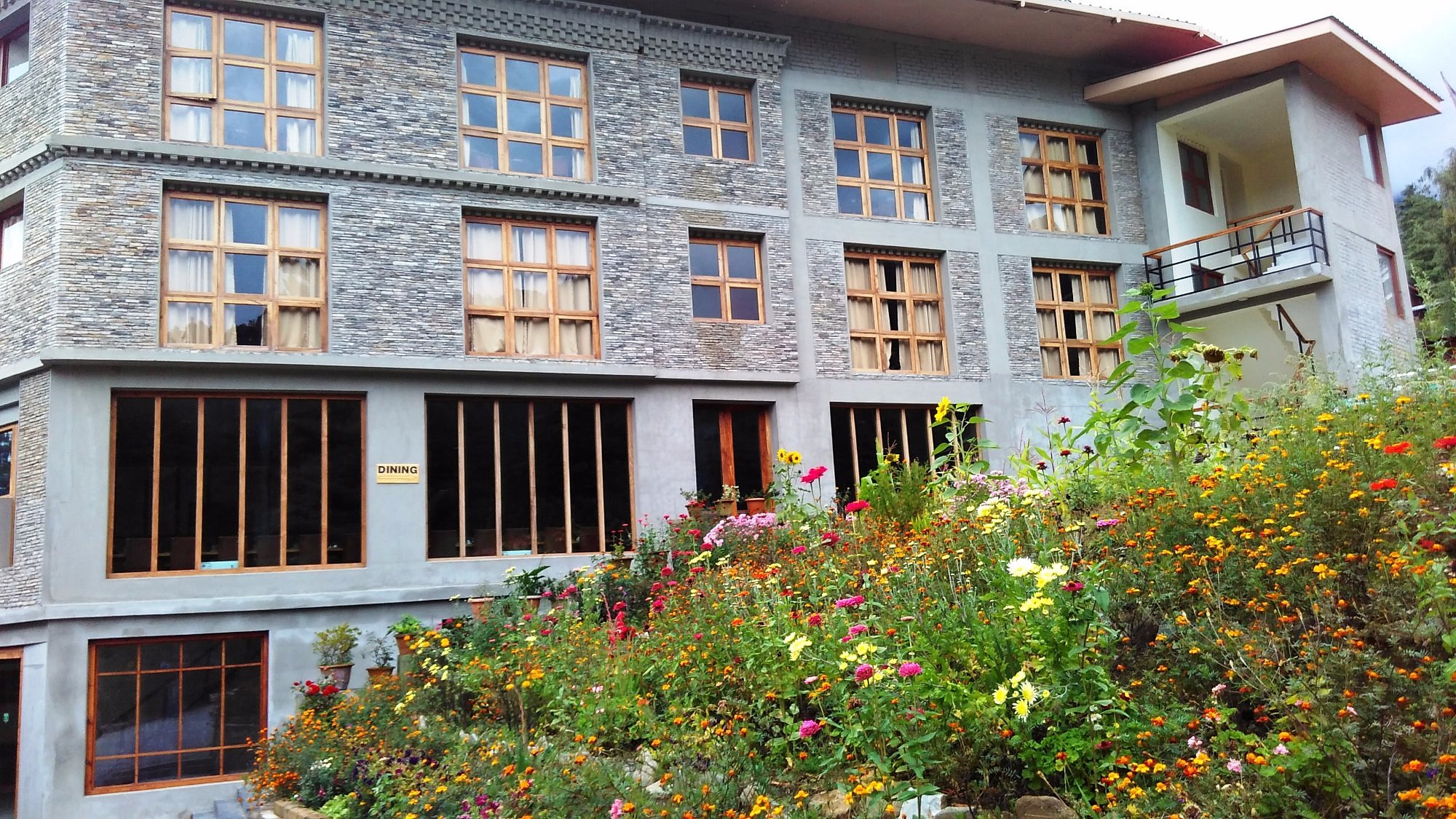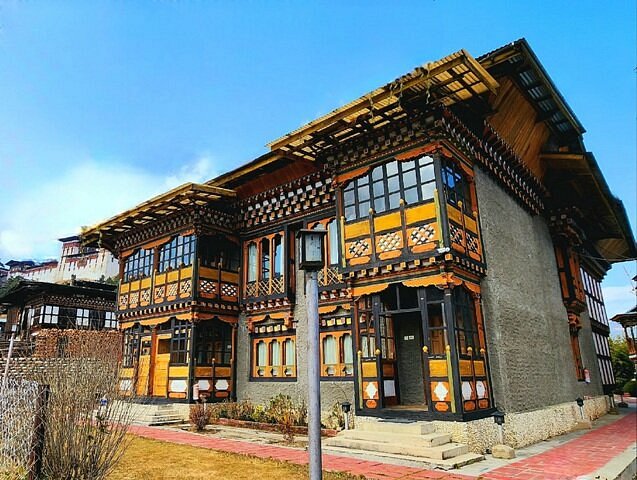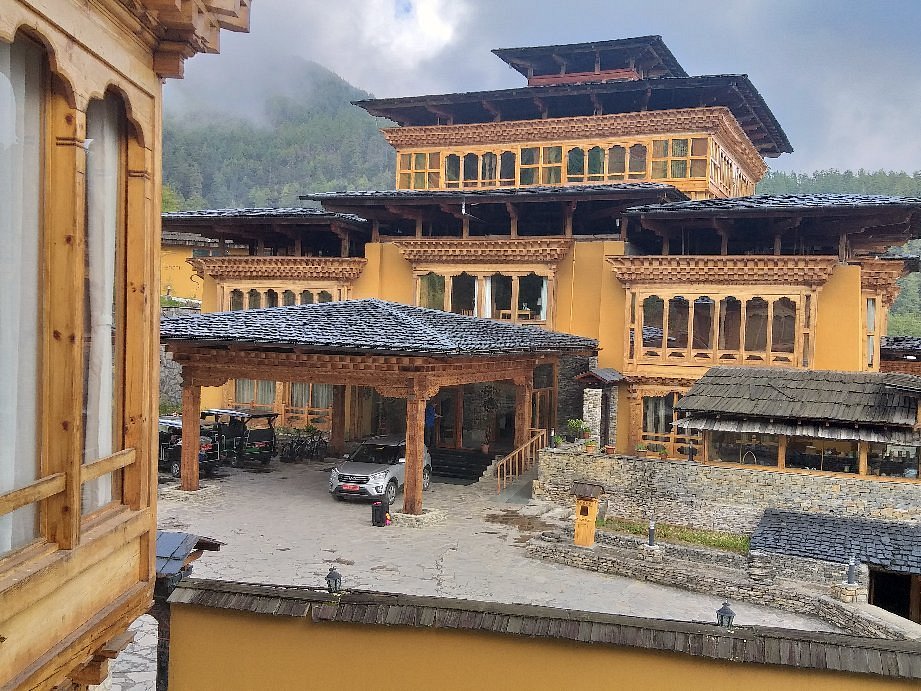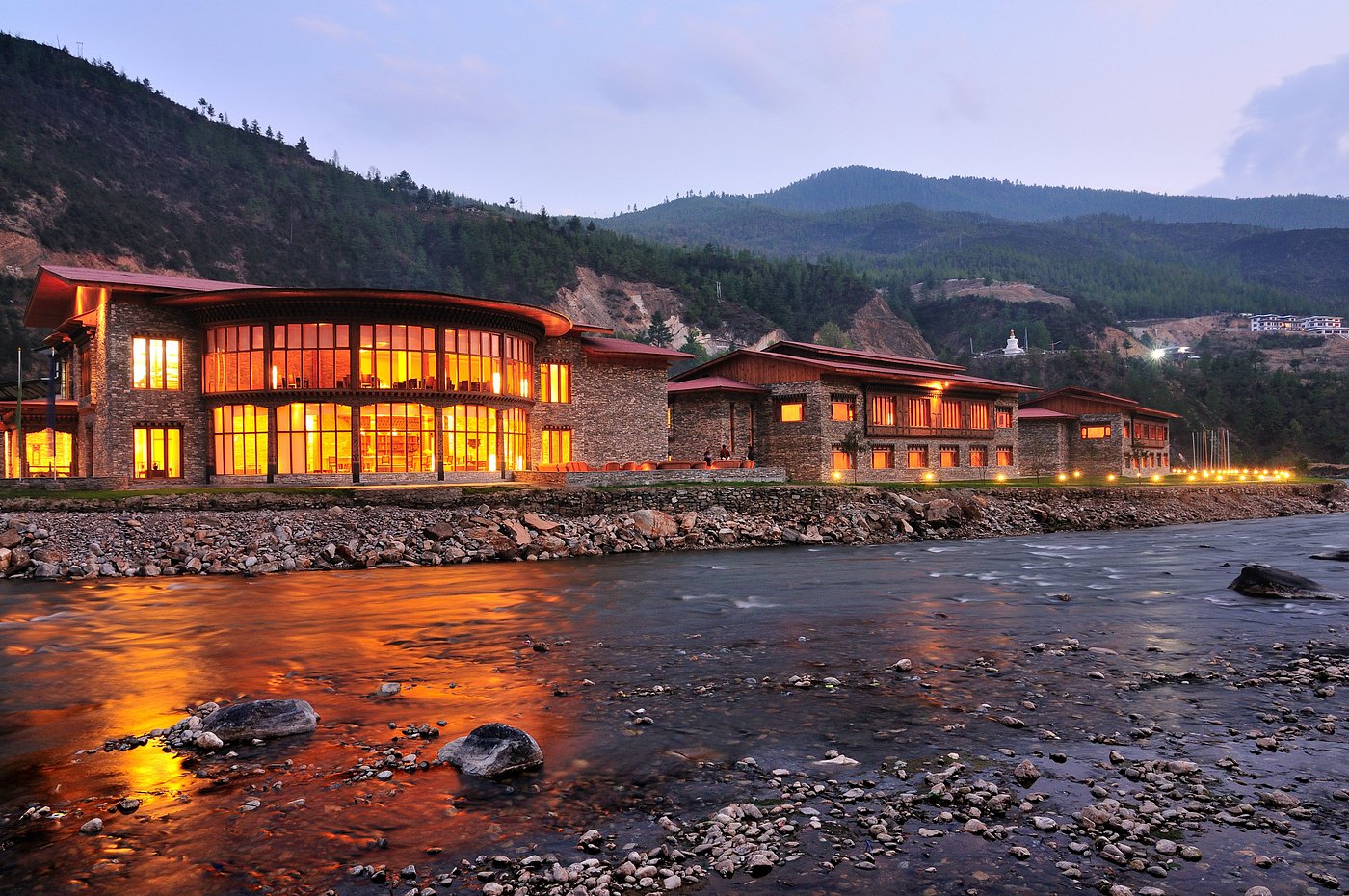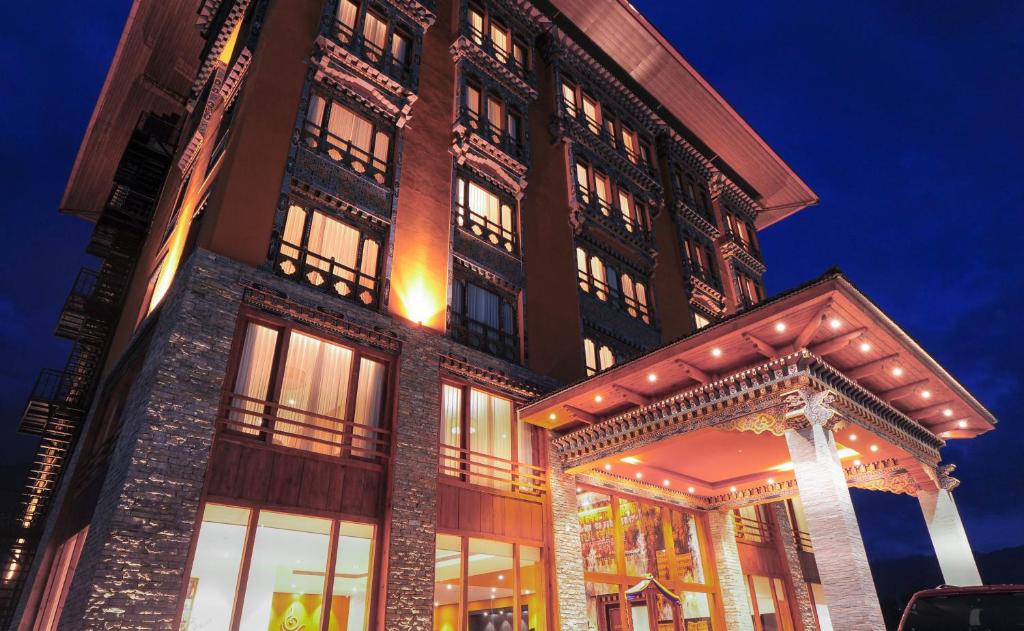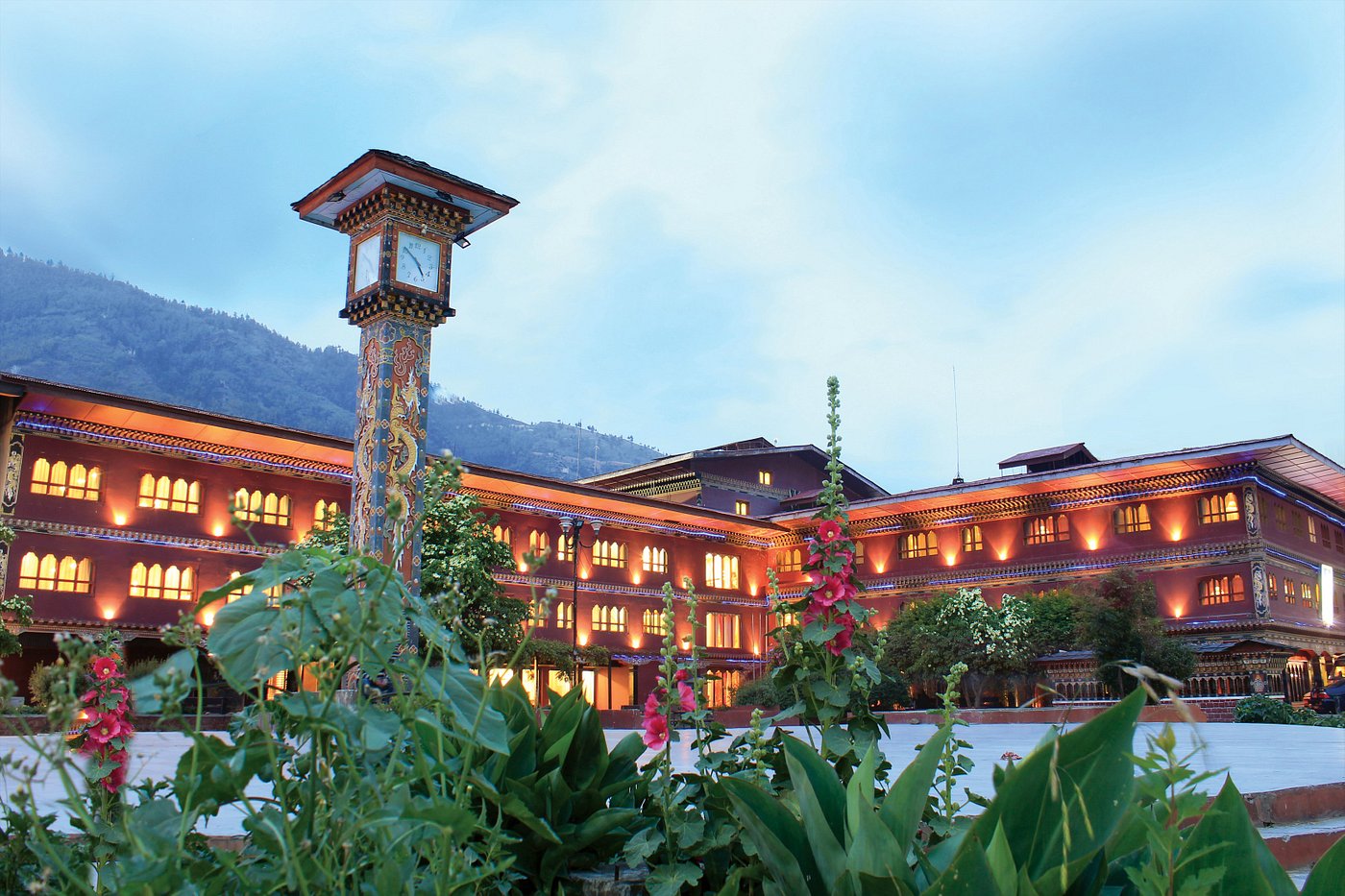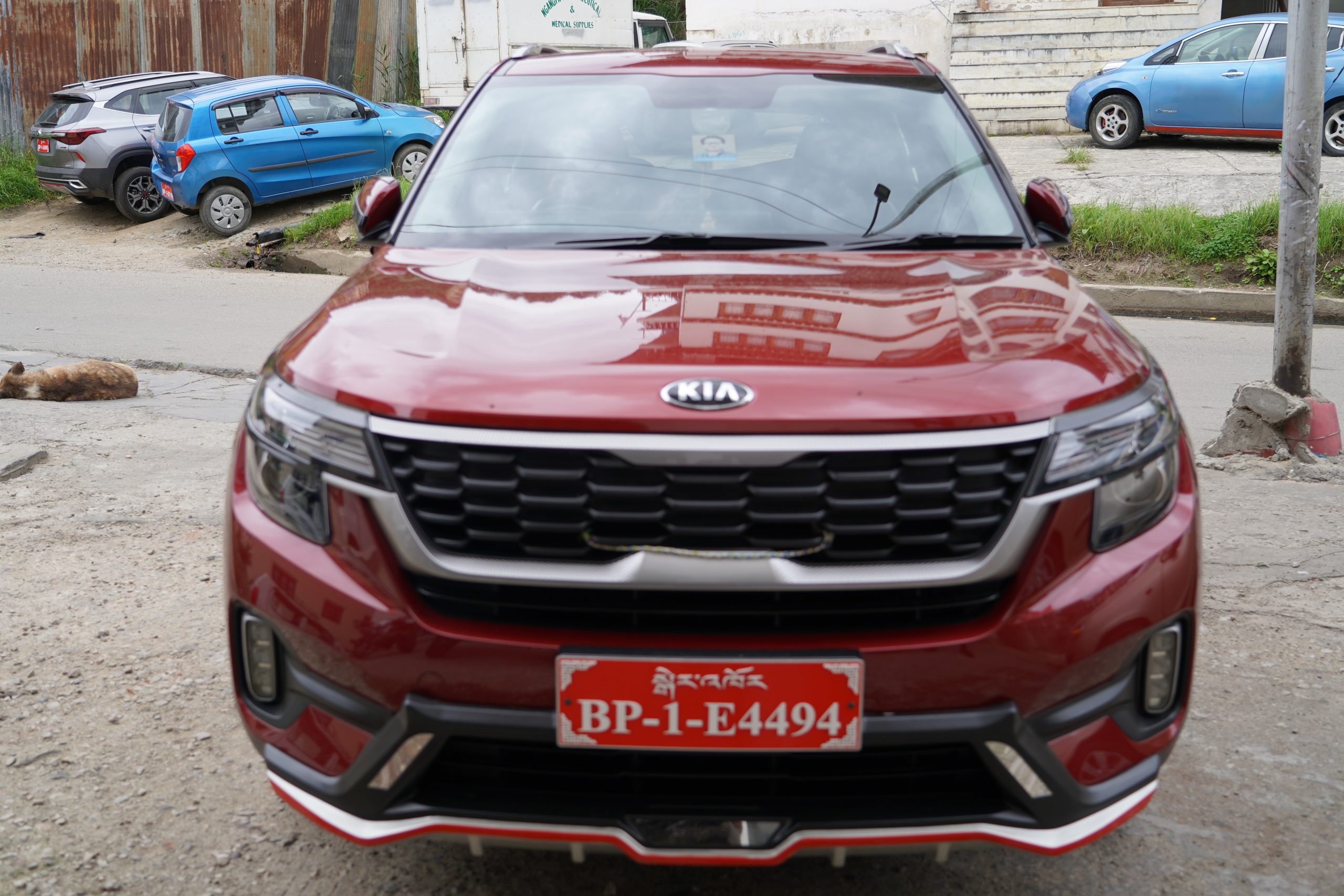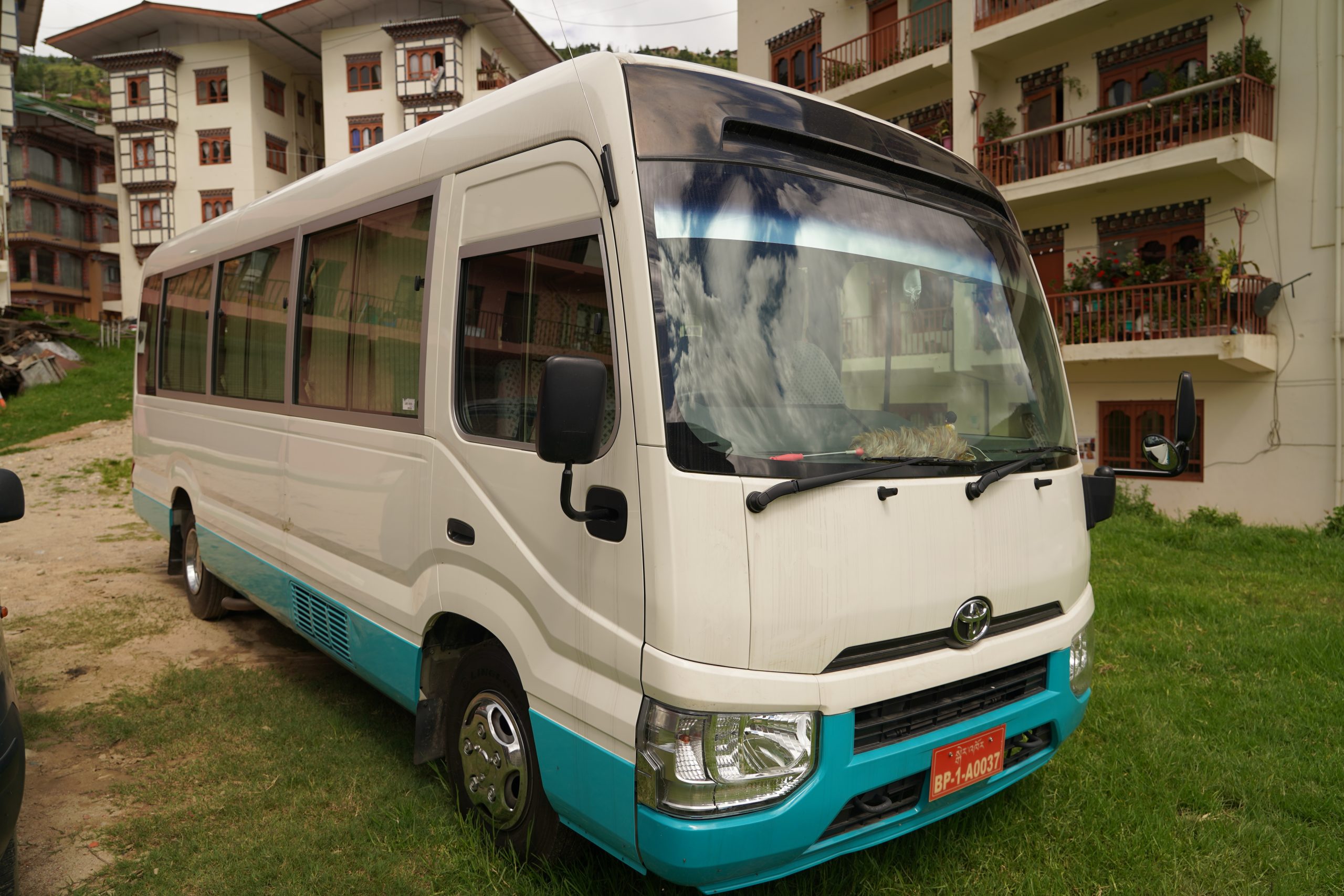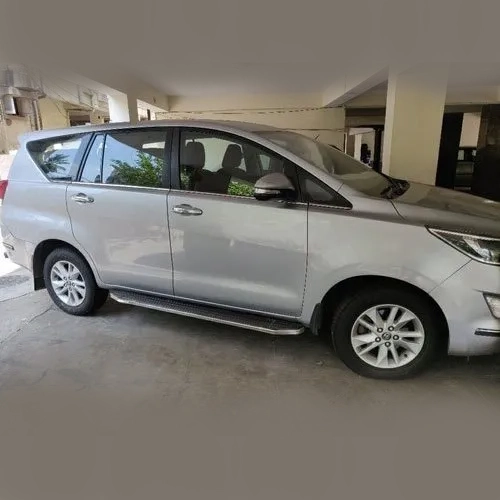Trip Highlights
- Altitude: Ranges from 300m to 8,586m above sea level.
- Climate: Warm to very cold.
- Best season to visit Sikkim: The best time to visit Sikkim is between months of March to June and from October to December.
- Summer: April to June (Best season to visit Sikkim).
- Monsoon: July to September (Should Avoid during Monsoon).
- Winter: October to March (Good for adventure lovers and Young age people)
Trip overview
- Sikkim is a small but stunning state located in the Eastern Himalayas. It is rich in natural beauty with snow-capped mountains, dense forests, valleys, waterfalls, and glaciers. It was founded by the Namgyal dynasty and became a princely state of British India in 1890 It joined India as its 22nd state in 1975 after the monarchy was deposed. Sikkim has a diverse demographic structure with different communities, religions, and cultures, and is known for its warm and welcoming people. The state has a variety of natural habitats and wildlife, including sacred lakes, waterfalls, and hot water springs. Sikkim is of great political and strategic importance to India, but it is also a paradise for visitors who are taken aback by its stunning beauty and cultural richness.
- Sikkim’s culture is a blend of traditional animist beliefs, Buddhism, and Hindu influences from neighboring regions. Religion has played a dominant role in shaping Sikkim’s culture.
Itinerary
:
Architecture
- The architecture is influenced by Tibetan architecture and features richly decorated framing members made of rocks, wood, cement and earth. The primary buildings are Buddhist monasteries, which are an integral part of Sikkim’s culture. Sikkim is home to almost two hundred monasteries belonging to the Nyingmapa and Kargyupa Sects, making it one of the best places to experience Buddhist architecture in India.
:
People and Culture
- The people of Sikkim consist of three ethnic groups – Lepcha, Bhutia, and Nepali – who intermingle freely and create a homogenous blend. Hindu temples, Buddhist monasteries, churches, mosques, and Gurudwaras coexist in Sikkim. The predominant communities are the Lepchas, Bhutias, and Nepalese. The different cultures have produced a quintessential Sikkimese culture, preserved their own identity, and are celebrated through various places of worship, festivals, and cultural dances. The native Sikkimeseconsist of the Bhutias and Lepchas, while Tibetans reside mostly in the northern and eastern reaches of the state. Migrant resident communities include Bengalis, Biharis, and Marwaris.
:
Language
- The official languages of Sikkim are English, Nepali, Sikkimese, and Lepcha, with additional official languages including Gurung, Limbu, Magar, Mukhia, Newari, Rai, Sherpa, and Tamang. Other languages spoken in the state include Dzongkha, Groma, Hindi, Majhi, Majhwar, Thulung, Tibetan, and Yakha. The additional official languages aim to preserve the state’s culture and tradition.
:
Sikkim's cuisine
- Sikkim’s cuisine is a blend of Indian, Nepali, Bhutanese, and Tibetan influences. Rice is the staple food and popular dishes include momos (dumplings), thukpas (noodle soups), and fermented dishes like Gundruk and Sinki. Non-vegetarian food such as fish, beef, and pork are also popular. Local spices and herbs are used in cooking and steamed and boiled foods are common. Local drinks such as beer, whiskey, and rum are preferred.
:
Festivals
- Sikkim celebrates various festivals throughout the year, with a focus on those associated with Buddhism. The Gompas or Monasteries are the main venues for these festivals, and mask dances called “Chaams” are the most fascinating form of the ritual dances. Other popular festivals in Sikkim include Saga Dawa, LhababDunchen, Dasain, Diwali, and Tihaar. HeeBermiok Festival is a unique annual festival celebrated in HeeBermiok city in May.
- Sikkimese culture includes folk songs and dances that depict the harvest season and are performed for prosperity. These dances are accompanied by traditional musical instruments, chanting, and colorful costumes with traditional masks. Popular dance forms include Rechungma, GhaToKito, Chi Rmu, Be Yu Mista, TashiZaldha, EncheyChaam, Lu Khangthamo, GnungmalaGnunghey, and Kagyed Dance.

